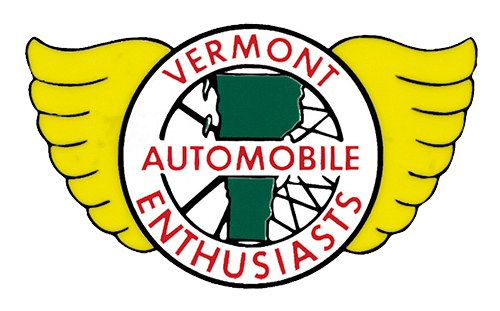Category: Featured Article
-
Shelburne Area Tour
There was an international bicycle race in Burlington on the 18th of August with many roads closed to cars. That only meant the VAE had to get up earlier […]
-
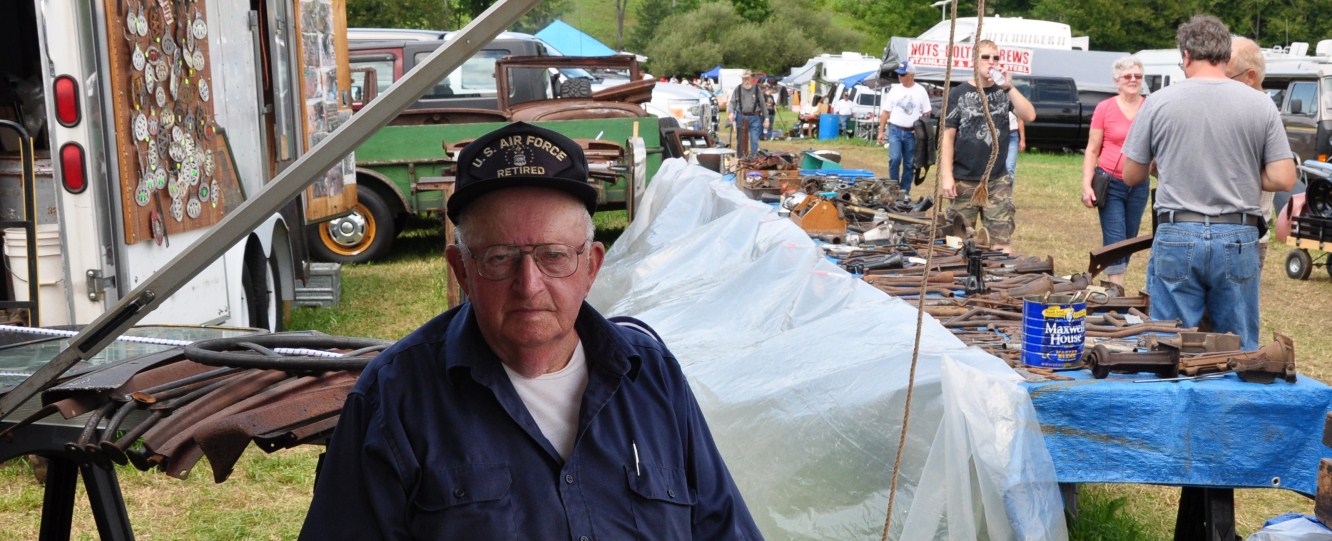
Veteran Stowe Vendors
Stowe Show Vendors… here are four of the 250 who brought their wares to this year’s Show. What makes them so special? They have been coming to our show for […]
-
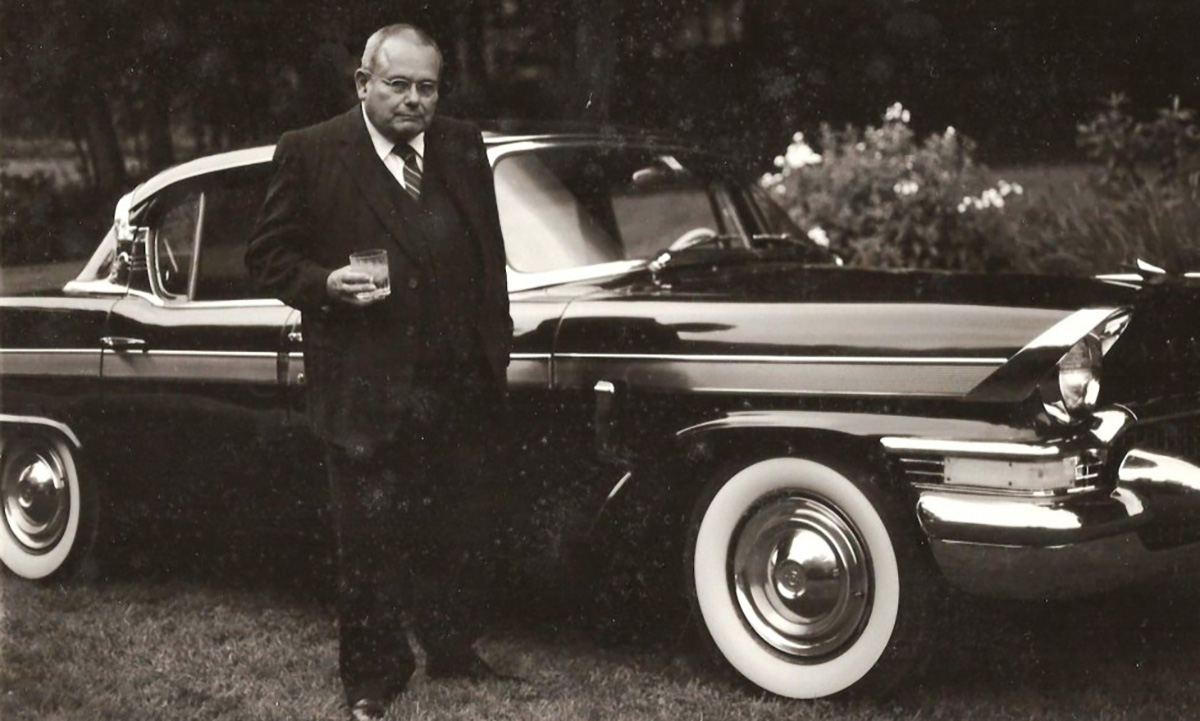
Peveril Field Peake – A founder of the VAE
I didn’t know the man, he died in 2007 at the age of 79, but after talking to many of his friends I wish I had. The first Wheel Tracks […]
-

VAE Bridge Celebration
From Granddaughter Kris Trombley… ”My grandmother, Ida Wolcott Wendell, was 15 years old when she attended the Crown Point bridge opening in 1929. She has many memories of the day […]
-
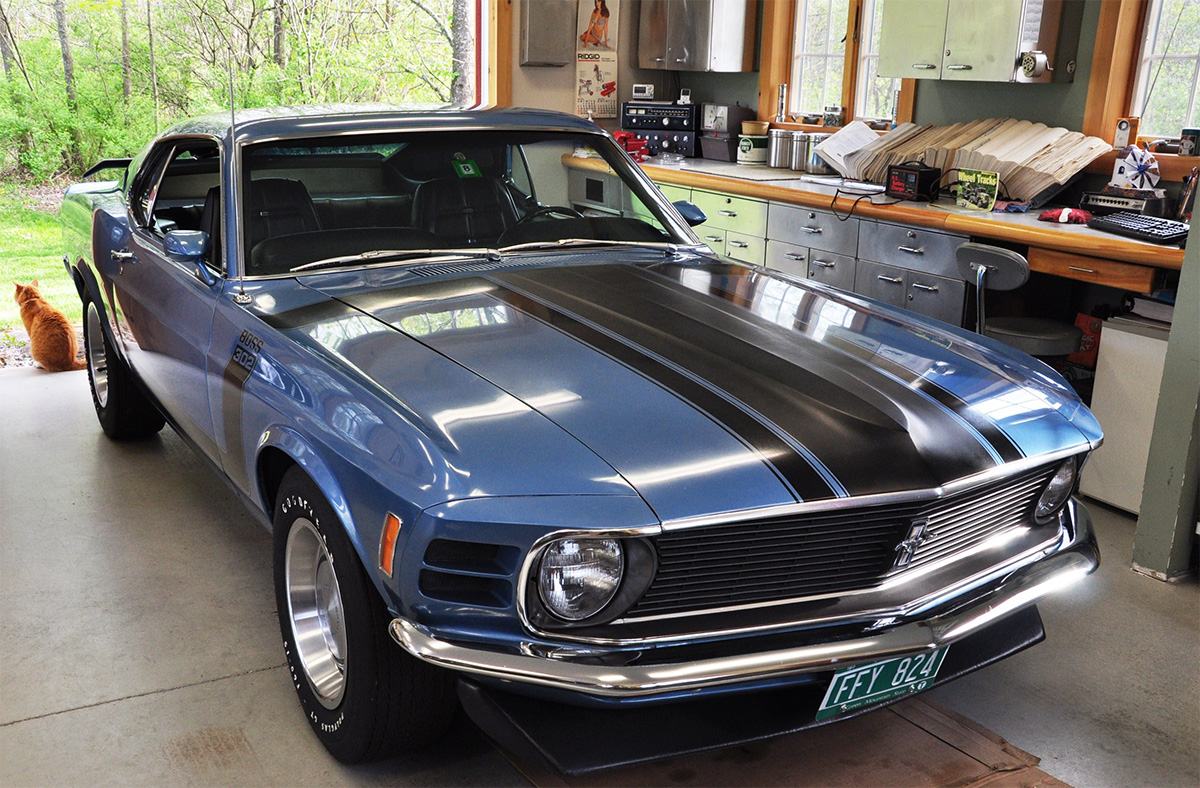
What is “A Survivor”
Being car people, we’ve all heard it, whether it be on one of those showcase auctions like Barrett Jackson, in a feature article in a major magazine such as Hemmings […]
-
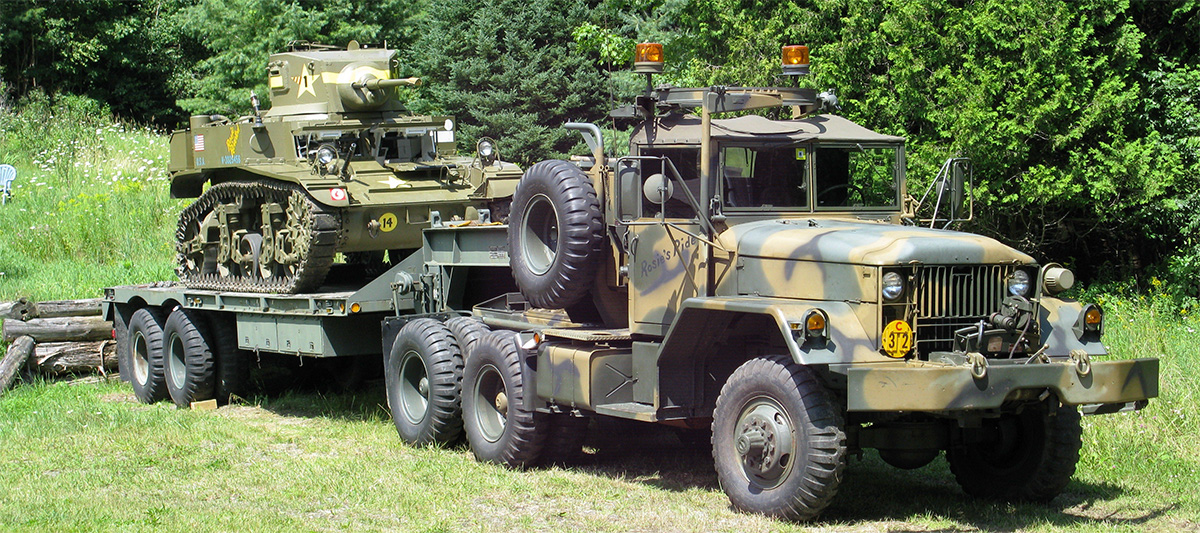
John Vetter’s 1942 Stuart M3A1 Tank
The tank is a 1942 M3A1 built by the American Car and Foundry Company (Berwick, PA). Their main production was in rail cars and like other heavy industry companies; they […]
-
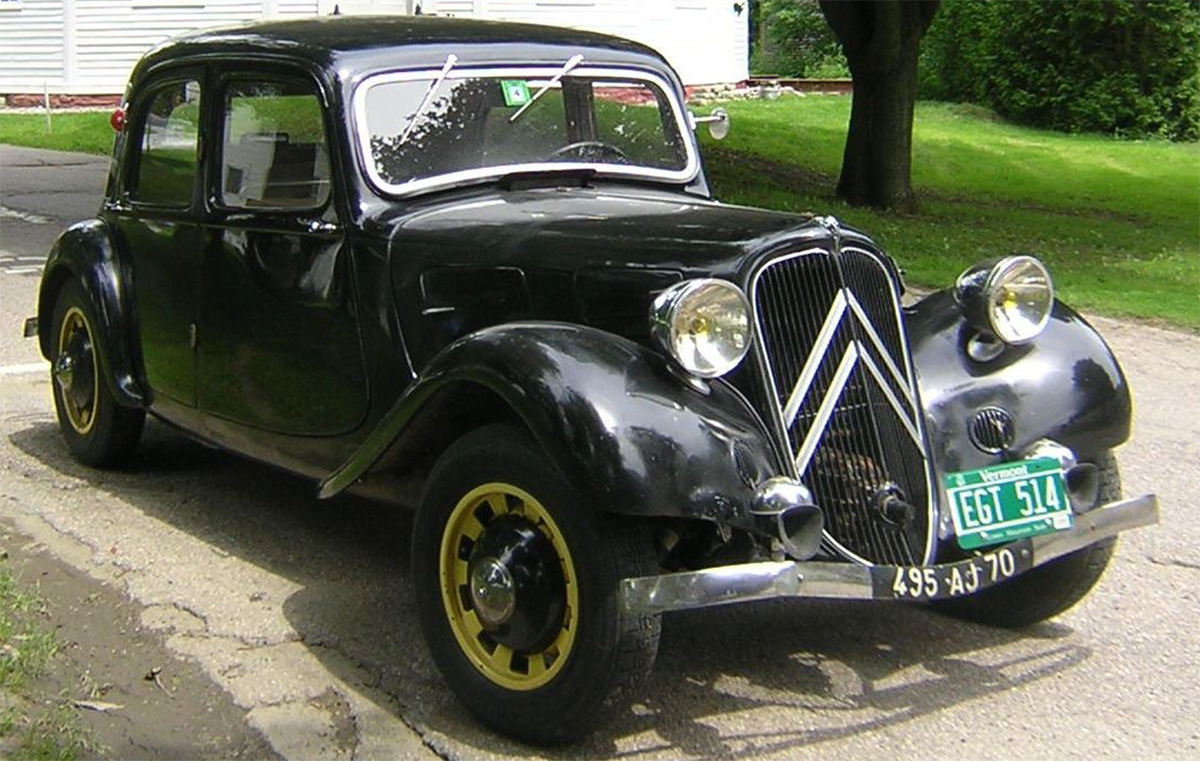
1936 Citroen Traction Avant 7C
The Citroen ‘Traction Avant’ (French for ‘front wheel drive’) wowed the crowds when it first appeared in 1934. Its production ceased in 1957, replaced by the legendary and luxurious DS […]
-
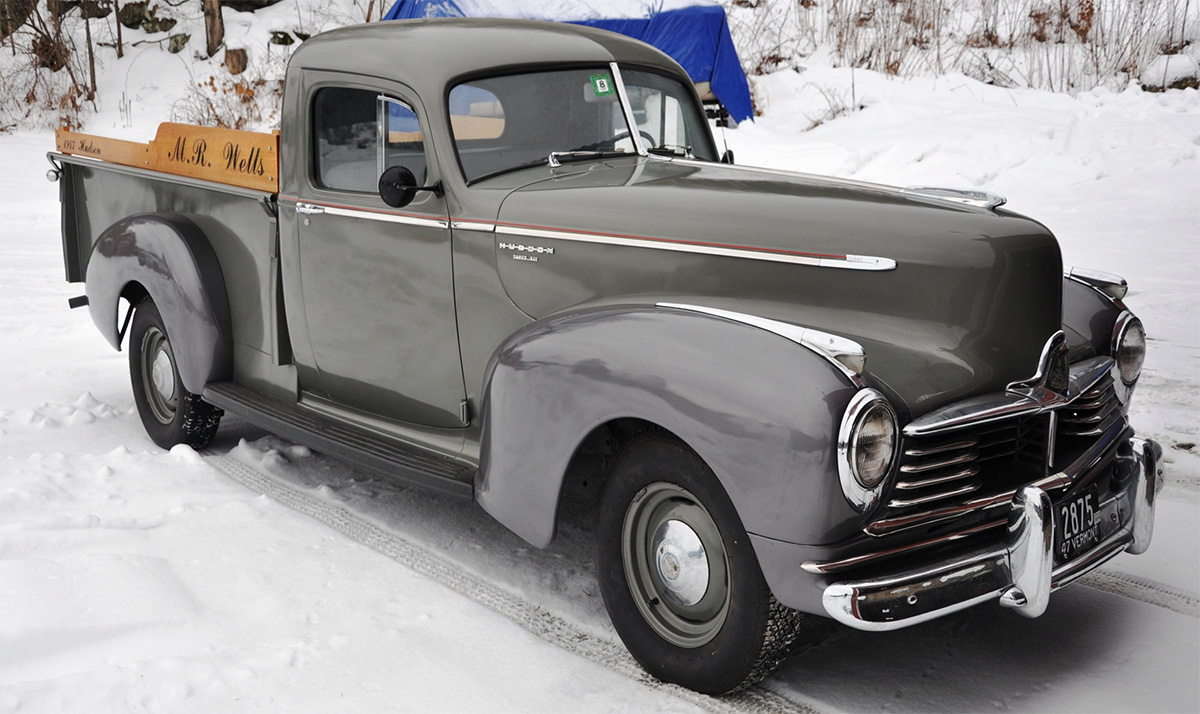
1947 Hudson Big Boy
When I called Mervin Wells to ask if I could feature his Hudson Big Boy Pickup for Wheel Tracks this month, all I knew was what is entered in our […]
-
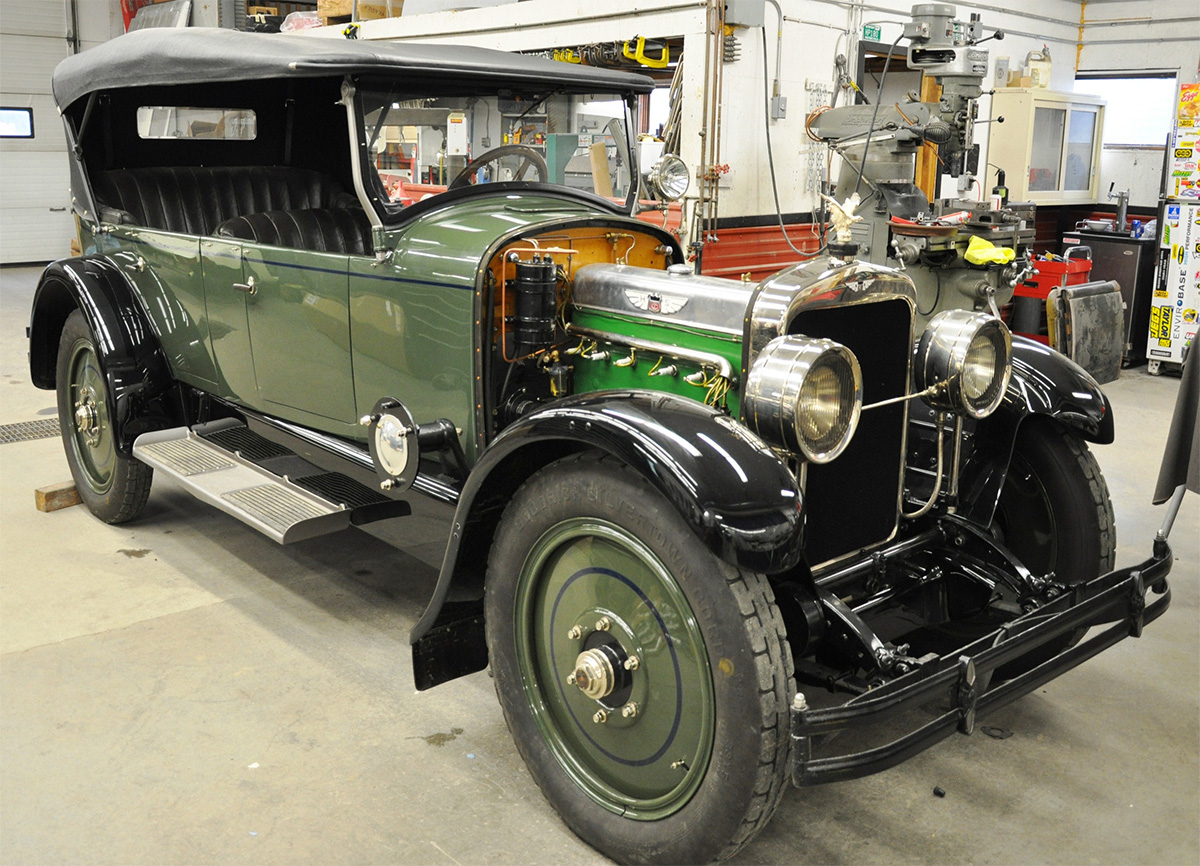
A.K. Miller’s Famous Collection Reappears
I decided to attend the now famous Christie Auction in East Orange in September 1996. I convinced Ross Anderson, a new acquaintance to go to East Orange on the day […]
-
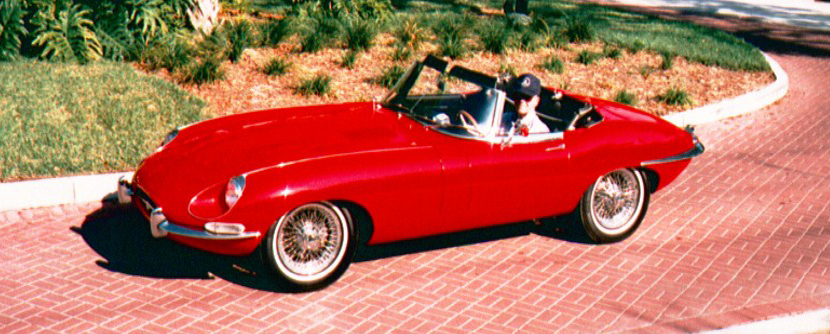
Goodrich’s 1968 Jaguar E-Type
While spending the winter in Florida in 1995 my wife and I drove by a garage in St Petersburg where they did antique car restorations. It looked like an interesting […]
